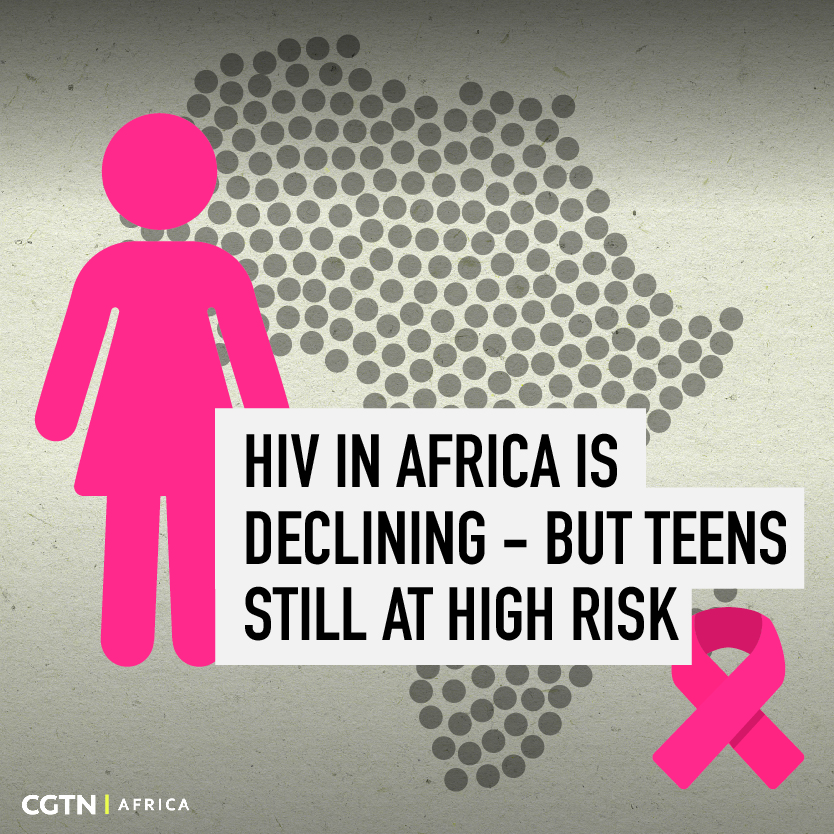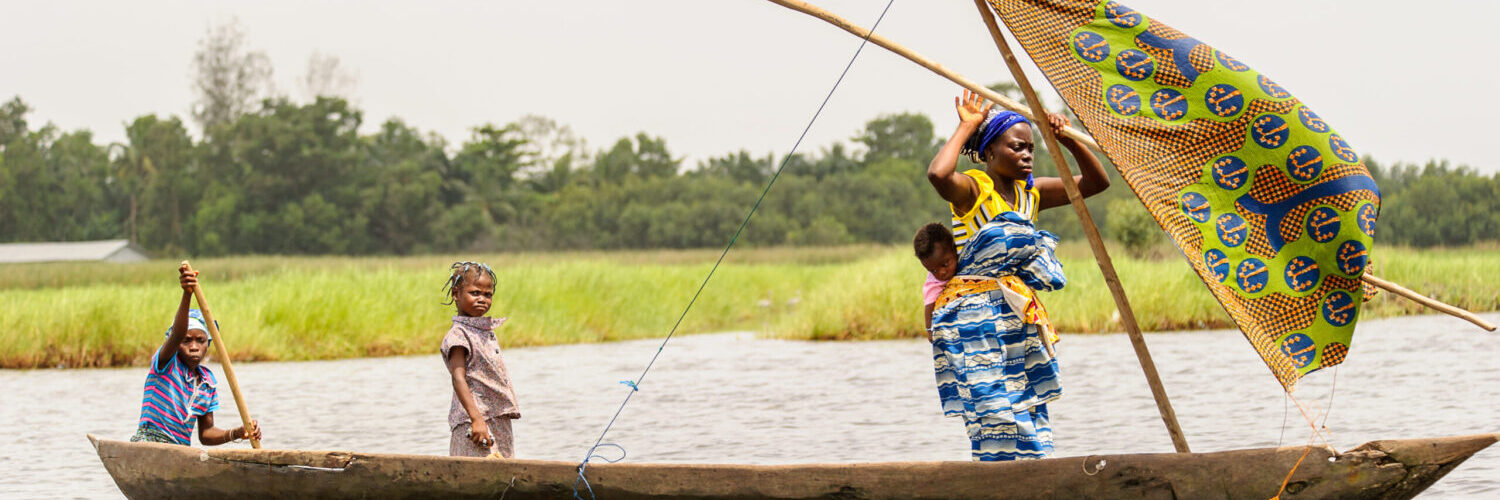By Halligan Agade -36 mins ago

The United Nations has grim news about the global fight against HIV/AIDS. In a UNAIDS report released in conjunction with World AIDS day, the organisation said the world is not on track to end the AIDS pandemic because new infections are rising and AIDS deaths are continuing in too many communities.
“Inequalities are holding us back,” said Winnie Byanyima, UNAIDS Executive Director. “Simply put, the report calls the world’s attention to the painful reality that dangerous inequalities are undermining the AIDS response and jeopardizing the health security of everyone.”
The report highlights three specific areas of inequality for which concrete action must be addressed; gender inequalities, harmful masculinities, and the marginalization and criminalization of key populations, which data show is resulting in starkly little progress for those populations and undermining the overall response in addition to inequalities for children whose lives must matter more than their market share.
The report said that unequal power dynamics between men and women and harmful gender norms increase the HIV vulnerability of women and girls in all their diversity, deprive them of their voice and the ability to make decisions regarding their own lives, reduce their ability to access services that meet their needs, increase their risks of experiencing violence or other harms, and hamper their ability to mitigate the impact of AIDS.
Discrimination against and stigmatization and criminalization of some groups are costing lives and preventing the world from achieving the agreed AIDS targets. This is true in both concentrated and generalized epidemics. For example, while HIV incidence has declined since 2010 by 58 percent among adults (aged 15 to 49 years) in western and central Africa and 62 percent in eastern and southern Africa, data reveals that there was no conclusive decline among gay men and other men who have sex with men in those regions over the same period.
Furthermore, data in countries across different regions and types of epidemics such as India, Kenya, Myanmar, Nigeria and Vietnam revealed that different key populations have lower HIV service coverage compared to the general population.
Additionally, the world continues to fail children in the AIDS response. In 2021, 800 000 children living with HIV were still not on life-saving treatment. Many children are also being diagnosed late, with 60 percent of children aged 5 to 14 years living with HIV not currently receiving treatment.
The report said the inequalities aren’t merely harmful to individuals, they also impede progress against AIDS, reducing the returns on HIV investments and putting millions of people at risk. While HIV infection and AIDS are both entirely preventable, the rates of both are not declining quickly enough to put the world on course to end AIDS by 2030.
“But this is not a counsel of despair, it is a call to action. Through bold action to confront these inequalities, we can end AIDS,” adds Byanyima.
Adolescent girls and young women (aged 15 to 24 years) are three times more likely to acquire HIV than adolescent boys and young men of the same age group in sub-Saharan Africa. One study showed that enabling girls to stay in school until they complete secondary education reduces their vulnerability to HIV infection by up to 50 percent By interrupting the power dynamics, policies can reduce girls’ vulnerability to HIV. Some communities are known to deny girls education by marrying them off at a young age.
Harmful masculinities are discouraging men from seeking care. While 80 percent of women were accessing treatment in 2021, only 70 percent of men were on treatment.
Byanyima further noted that today is a moment of courage to ensure that all the girls are in school, safe and strong. To tackle gender-based violence and promote healthy masculinities and replace harmful behaviors which exacerbate risks for everyone. To decriminalize people in same-sex relationships, sex workers, and people who use drugs, and invest in community-led services that enable their inclusion to help break down barriers to services and care for millions of people.
Global statistics show that new HIV infections have reduced by 54 percent since the peak in 1996. 38.4 million were living with HIV in 2021, 1.5 million became newly infected with HIV in 2021 and 650,000 people died from AIDS-related illnesses.
Women and girls accounted for 49 percent of all new infections in 2021. Since 2010, new HIV infections have declined by 32%, from 2.2 million to 1.5 million.
In 2021, nearly 650 000 people died from AIDS-related illnesses globally compared to 2.0 million in 2004 and 1.4 million in 2010. AIDS-related mortality has declined by 57 percent among women and girls and by 47 percent among men and boys since 2010.
In sub-Saharan Africa, six in seven new HIV infections among adolescents aged 15–19 years are among girls. Girls and young women aged 15–24 years are twice as likely to be living with HIV than young men. In sub-Saharan Africa, women and girls accounted for 63 percent of all new HIV infections in 2021.


